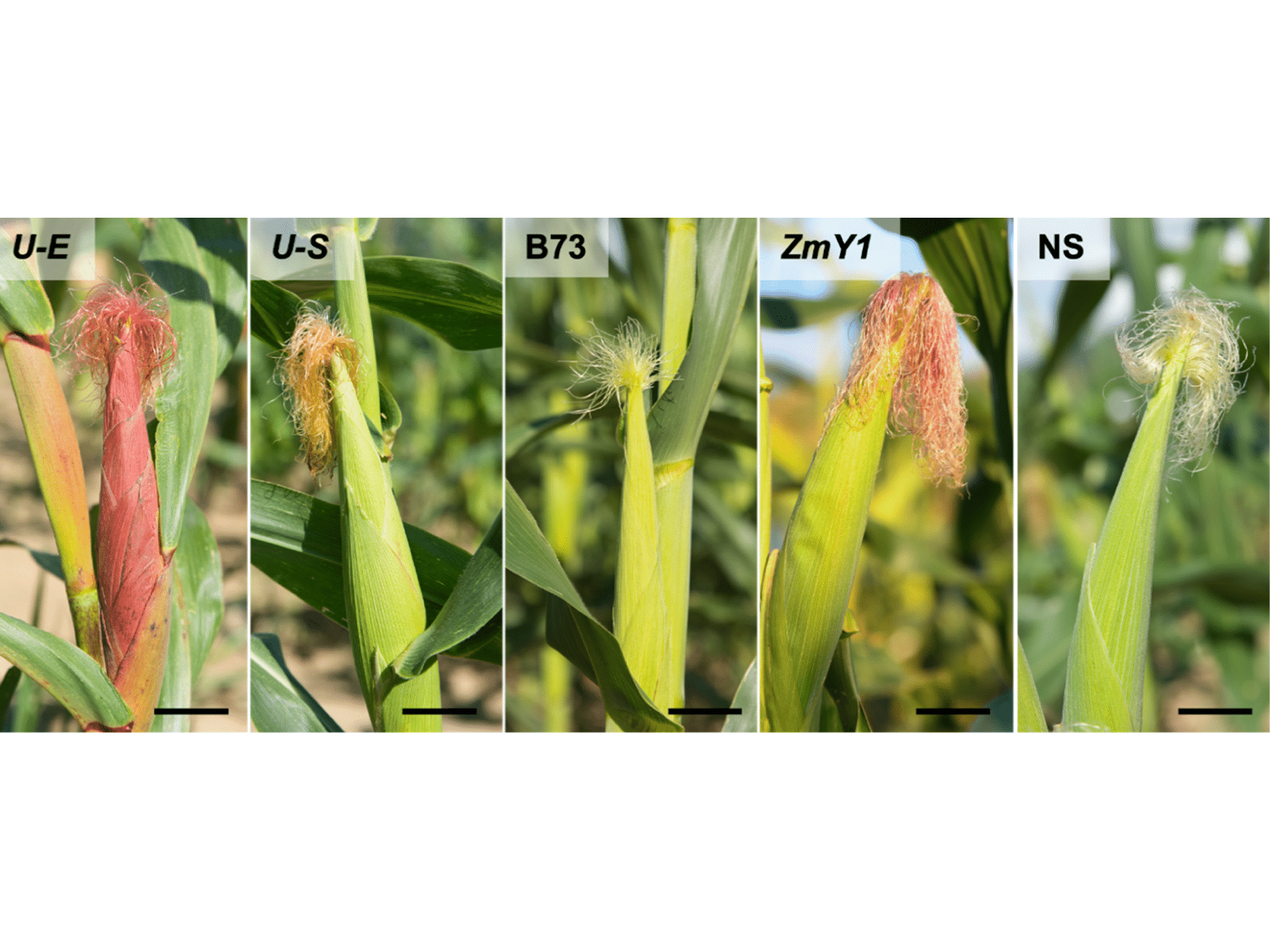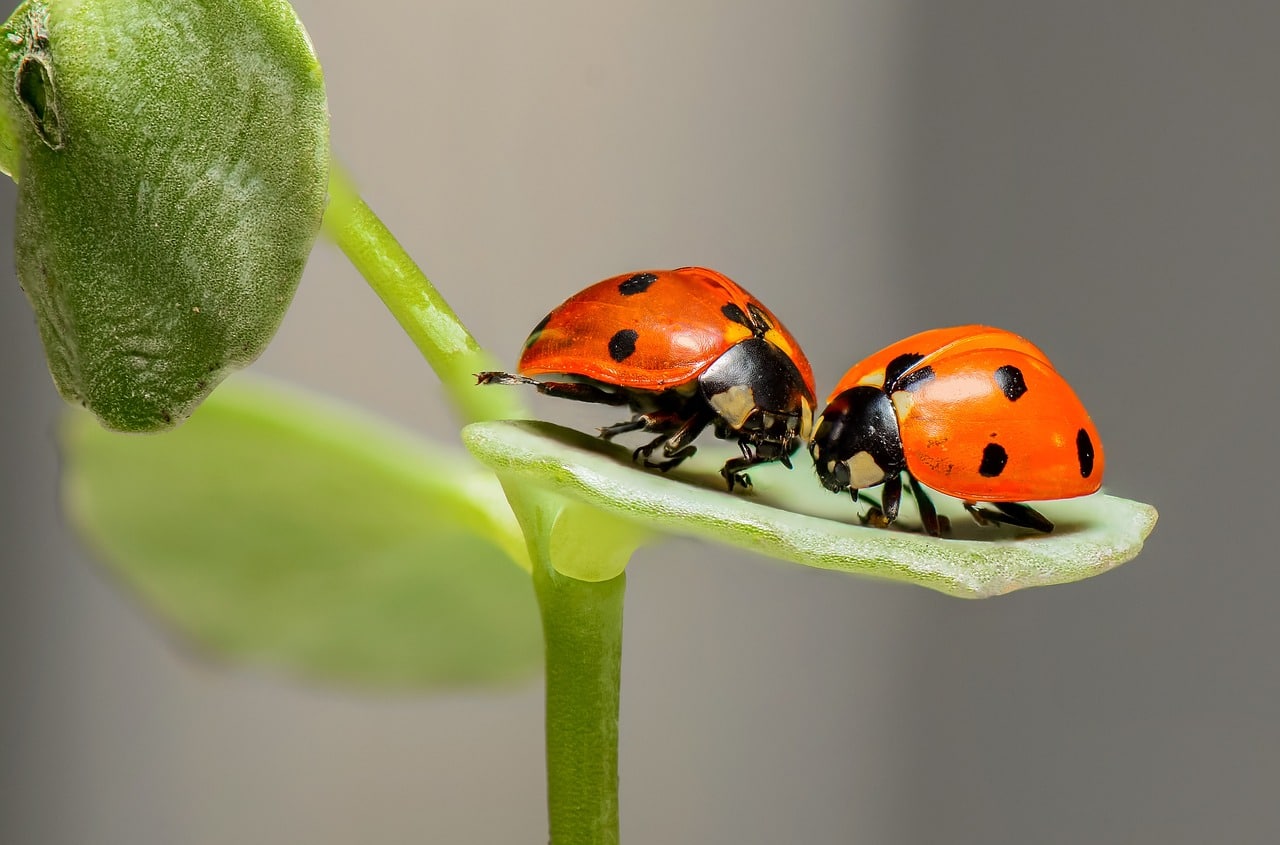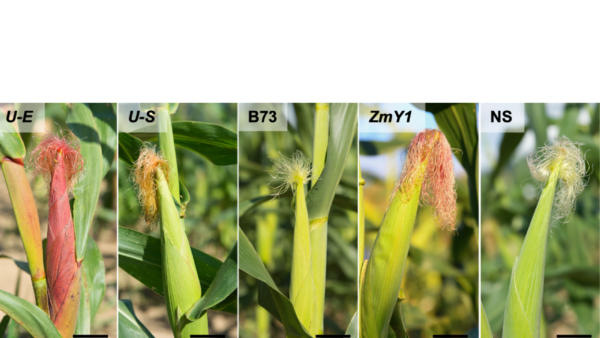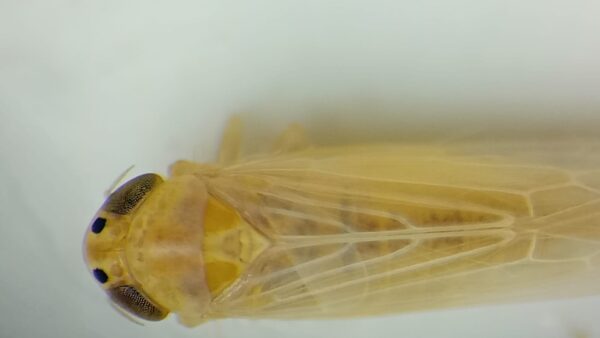Research finds flavonoids in certain corn varieties slow growth and increase mortality of corn earworm larvae.
The corn earworm damages more than 76,000 bushels of corn annually in the United States and with extreme weather patterns intensifying, insect pressure on crops is expected to increase. Researchers at Penn State have identified specific corn lines that naturally produce insecticidal compounds, offering potential for pest-resistant crop development.
In a study published ahead of the March issue of Plant Stress, scientists found that corn earworm larvae feeding on corn varieties rich in flavonoids, compounds essential for plant functions, experienced stunted growth and higher mortality rates compared to those feeding on flavonoid-deficient corn.
Flavonoids Disrupt Larval Growth and Gut Health
The study revealed that larvae consuming high-flavonoid corn developed symptoms similar to leaky gut syndrome, suggesting that flavonoids disrupt gut microbiome balance. Researchers also observed significant changes in gene expression related to gut health in larvae that ingested flavonoid-rich husks.
To test the impact of flavonoids, scientists compared genetically identical corn strains with some modified to produce high flavonoid levels and others without. The corn was grown at Penn State’s Russell E. Larson Agricultural Research Center. Two lines, one genetically engineered to activate flavonoid production and another conventionally bred over 20 years, both resulted in reduced larval survival.
“We noticed a stark difference in mortality and bodyweight between corn earworm larvae feeding on flavonoid-overproducing lines as compared to control lines,” said Surinder Chopra, professor of maize genetics and lead researcher. “These findings, which suggest a novel option for integrated pest management for corn earworm larvae, shows that high-flavonoid maize has the potential to be used in a breeding program to develop specialty corn lines tolerant of multiple insect pests.”
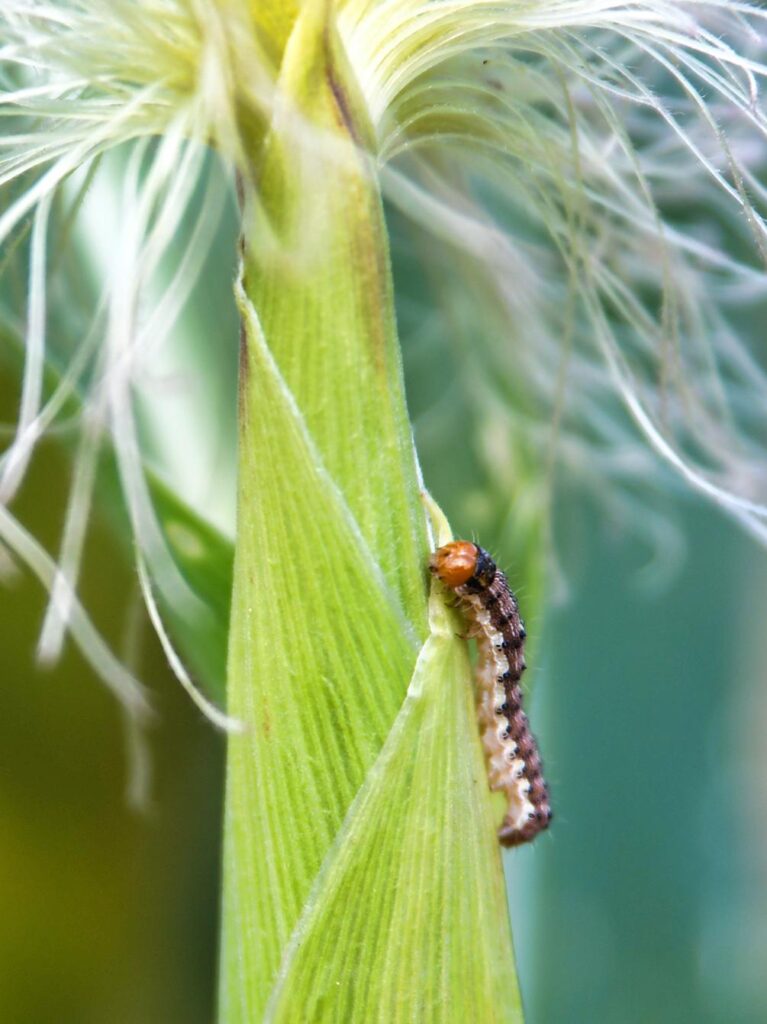
Potential for Pest-Resistant Corn Breeding
While the findings offer promising applications for integrated pest management, Chopra emphasized that further research is needed before plant breeders can develop flavonoid-producing corn lines that deter additional insect species.
“Future studies will investigate the mechanisms behind flavonoid-mediated damage to the gut of corn earworm larvae and will explore the broader impacts of flavonoid content on plant-insect interactions,” he said.
The study was led by Debamalya Chatterjee, former postdoctoral scholar at Penn State and now an assistant professor at Skidmore College. Additional contributors included Charles Colvin, undergraduate researcher in plant science; Tyler Lesko, doctoral student in the Department of Plant Science; Michelle Peiffer, research support assistant and lab manager in the Department of Entomology; and Gary Felton, professor and head of the Department of Entomology.
The research was funded by the U.S. Department of Agriculture’s National Institute of Food and Agriculture.


